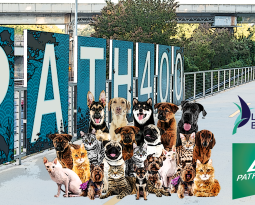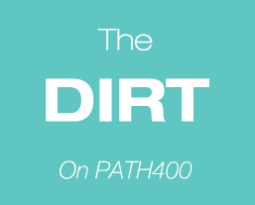What is TDM? National MORE Through TDM Act Defines & Codifies
Do you know what TDM means? Most likely not, and you probably don’t think you need to. But interestingly enough, TDM is a crucial component of supporting our environment and transportation systems. The Mobility Options, Resiliency, and Efficiency (MORE) through TDM Act drafted by the national Association for Commuter Transportation (ACT) is set out to make TDM more widely known and considered.
So what is TDM? TDM stands for transportation demand management. According to the MORE through TDM Act, TDM is defined as the use of strategies to inform and encourage travelers to maximize the efficiency of a transportation system leading to improved mobility, reduced congestion, and lower vehicle emissions. The proposed legislation also provides a definition for those strategies: the use of planning, programs, policy, marketing, communications, incentives, pricing, and technology to shift travel mode, routes used, departure times, number of trips, and location and design of workspace or public attractions.
incentives, pricing, and technology to shift travel mode, routes used, departure times, number of trips, and location and design of workspace or public attractions.
Essentially, TDM aims to reduce drive-alone car trips by encouraging the use of transit, carpool, bike, walk and other alternatives through supportive infrastructure, policy and education.
In addition to defining TDM and its strategies, the legislation identifies providers and associations of transportation demand management; adds TDM to state and metropolitan long-range plans; authorizes additional funding; creates a university transportation center dedicated to the research and advancement of TDM; and much more.
But, again, why is it so important? By increasing mobility options and reducing congestion on our roads, transportation demand management in turn helps to improve public health and safety as well as economic activity. Overall, TDM strategies are a fundamental part to improving our environment and transportation systems, and this legislation would create a more formalized shift towards the deployment of TDM in our nation.
Examples of previously enacted policies that are based on the principles of TDM include transportation fringe benefits, ridesharing, high-occupancy vehicle lanes, teleworking, and more. Click here to learn more about the MORE Through TDM ACT.








